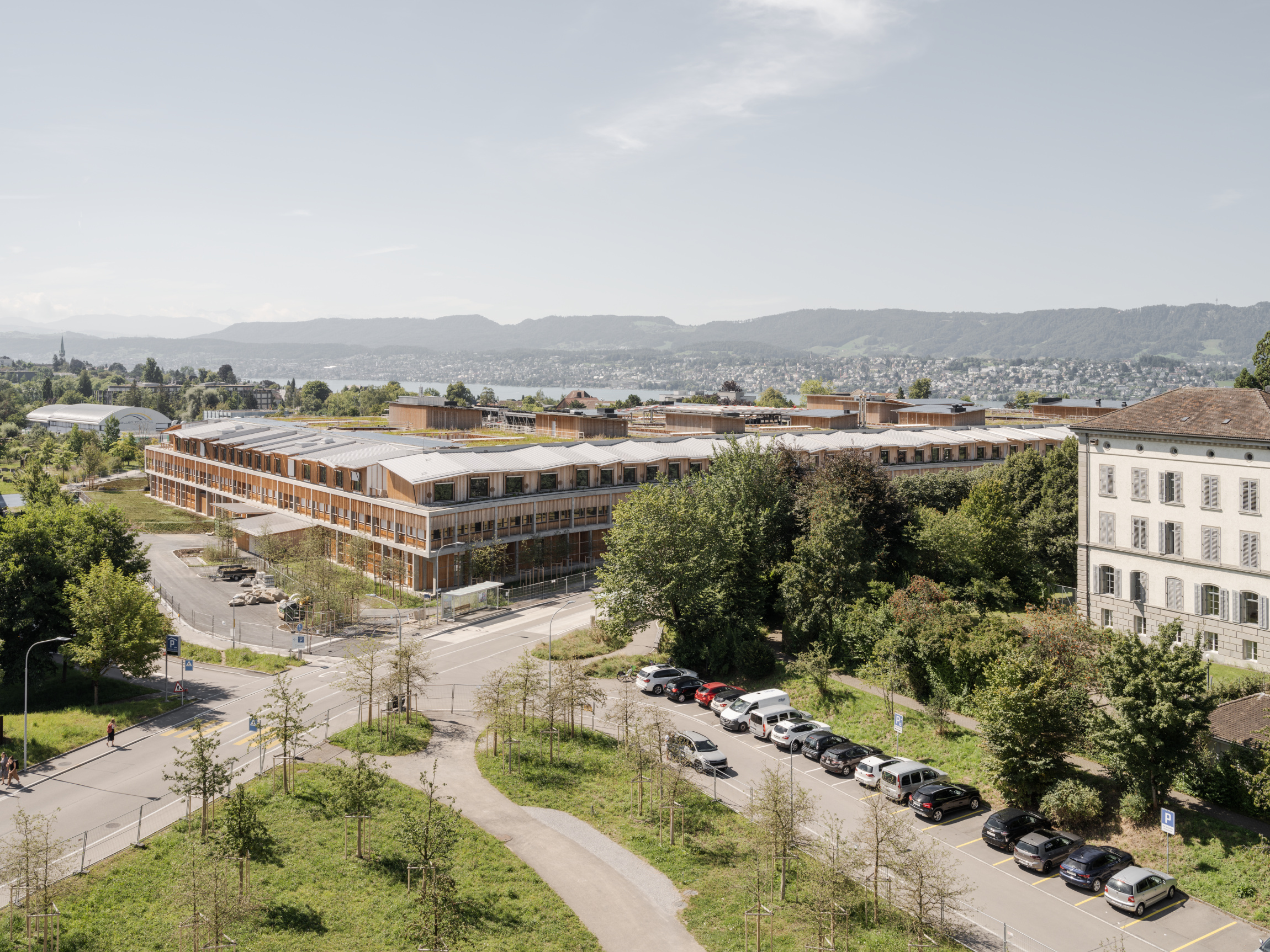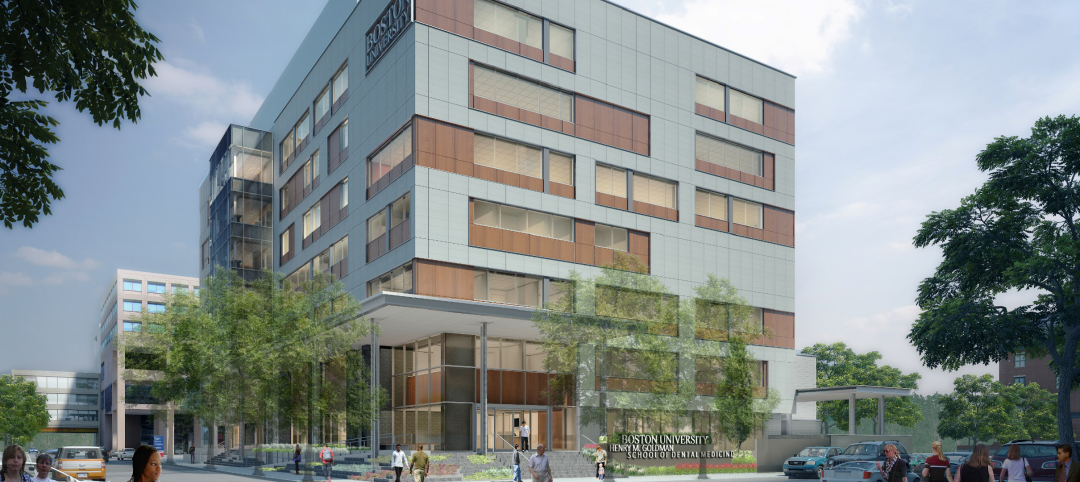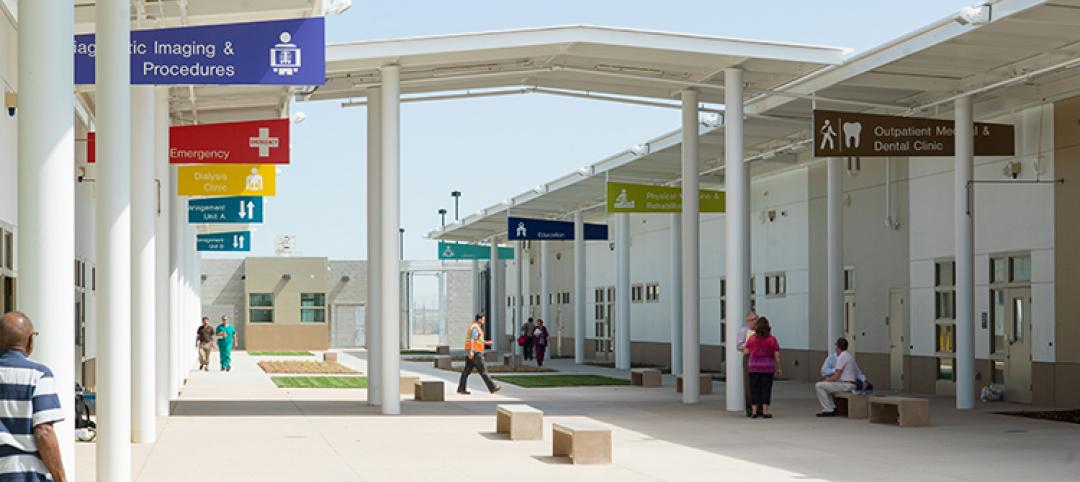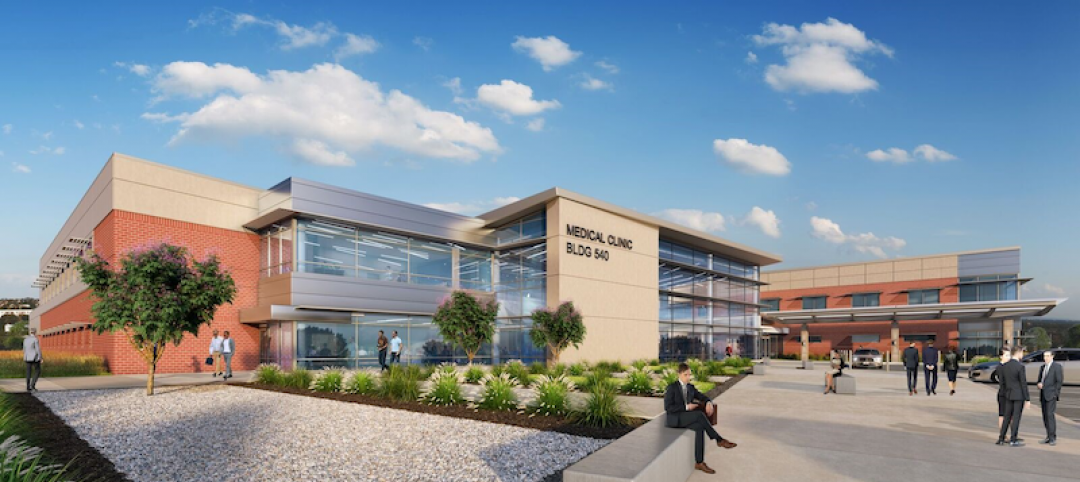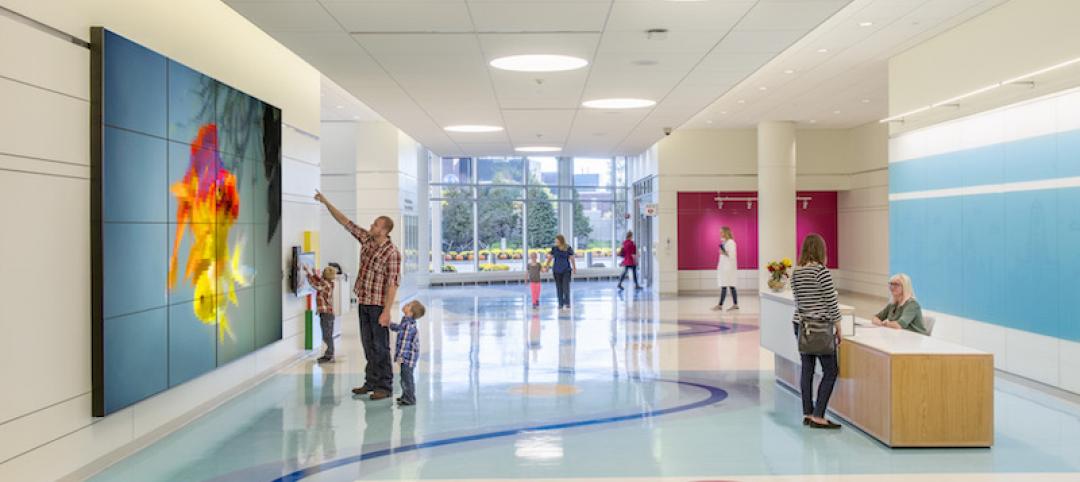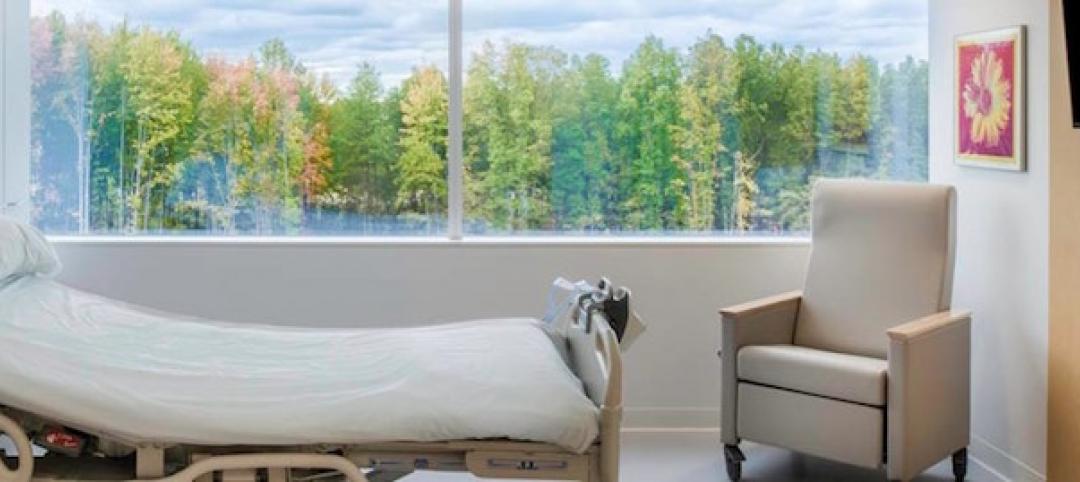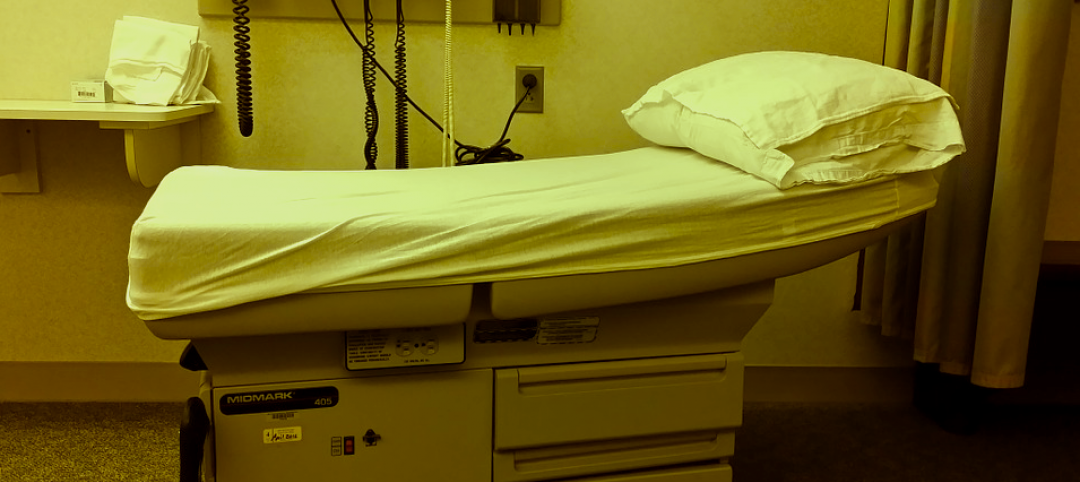With 114 rooms, the new University Children’s Hospital Zurich is the largest healthcare facility for children and adolescents in Switzerland. Located in a residential neighborhood, the roughly CHF761 million (US$887 million) project comprises two buildings: an acute care hospital and a research and teaching facility.
The acute care hospital functions like a town, with the medical specialties as neighborhoods. On each of the hospital’s three floors, a central main street runs past the green courtyard, providing orientation and allowing sunlight into the building.
The patient rooms are located on the hospital’s top floor. Each room has been designed like a wooden cottage with its own roof—providing both privacy and a view of the outdoors. The staggered rooms have rooftops at varying inclines, emphasizing the singular identity of each patient. The rooms also offer enough space for parents to spend the night with their children.
The hospital’s abundant daylight, outdoor views, and biophilic design aim to contribute to healing, according to a statement from the design architect, Herzog & de Meuron.
The white, cylindrical teaching and research building features an open, five-story atrium in the center. The research fields are arranged around this central core to encourage collaboration and communication. The building has one 320-seat lecture hall and two 100-seat seminar rooms, as well as study areas. With movable walls, the lecture/seminar rooms, lobby, and café can be reconfigured to form one large event space that can accommodate 670 people. On the floors above, research laboratories and accompanying offices have unobstructed views of the surrounding landscape.
Boulders unearthed during construction have been placed in and around the buildings. The project team also planted over 250 trees.
On the building team:
Design architect: Herzog & de Meuron
Architect of record: ARGE KISPI (Herzog & de Meuron and Gruner)
Electrical engineer: Amstein + Walthert
Plumbing engineer: Ingenieurbüro Riesen
Structural engineer: ZPF Ingenieure
Building automation and smart building: Jobst Willers Engineering
Construction manager: Gruner

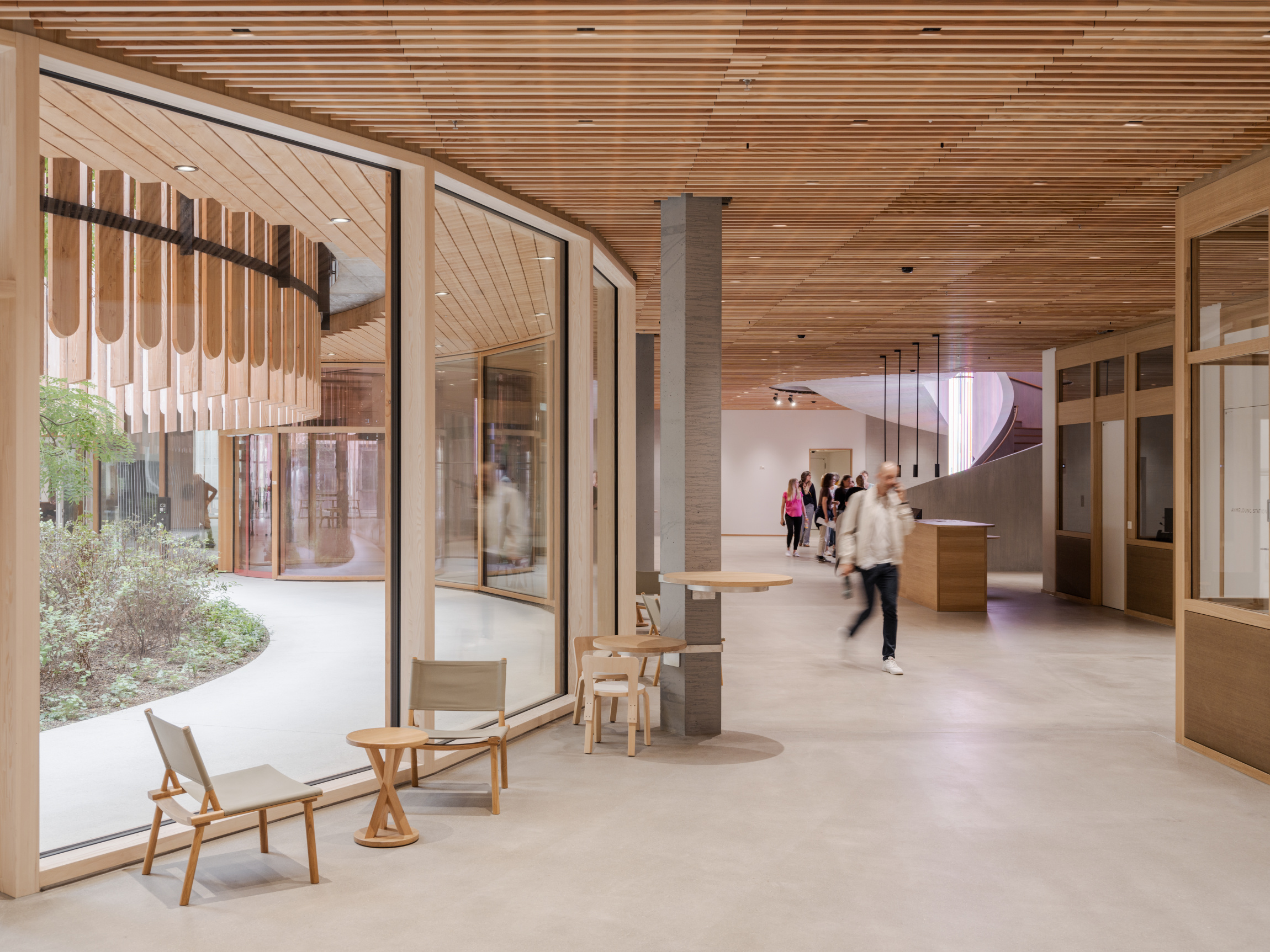
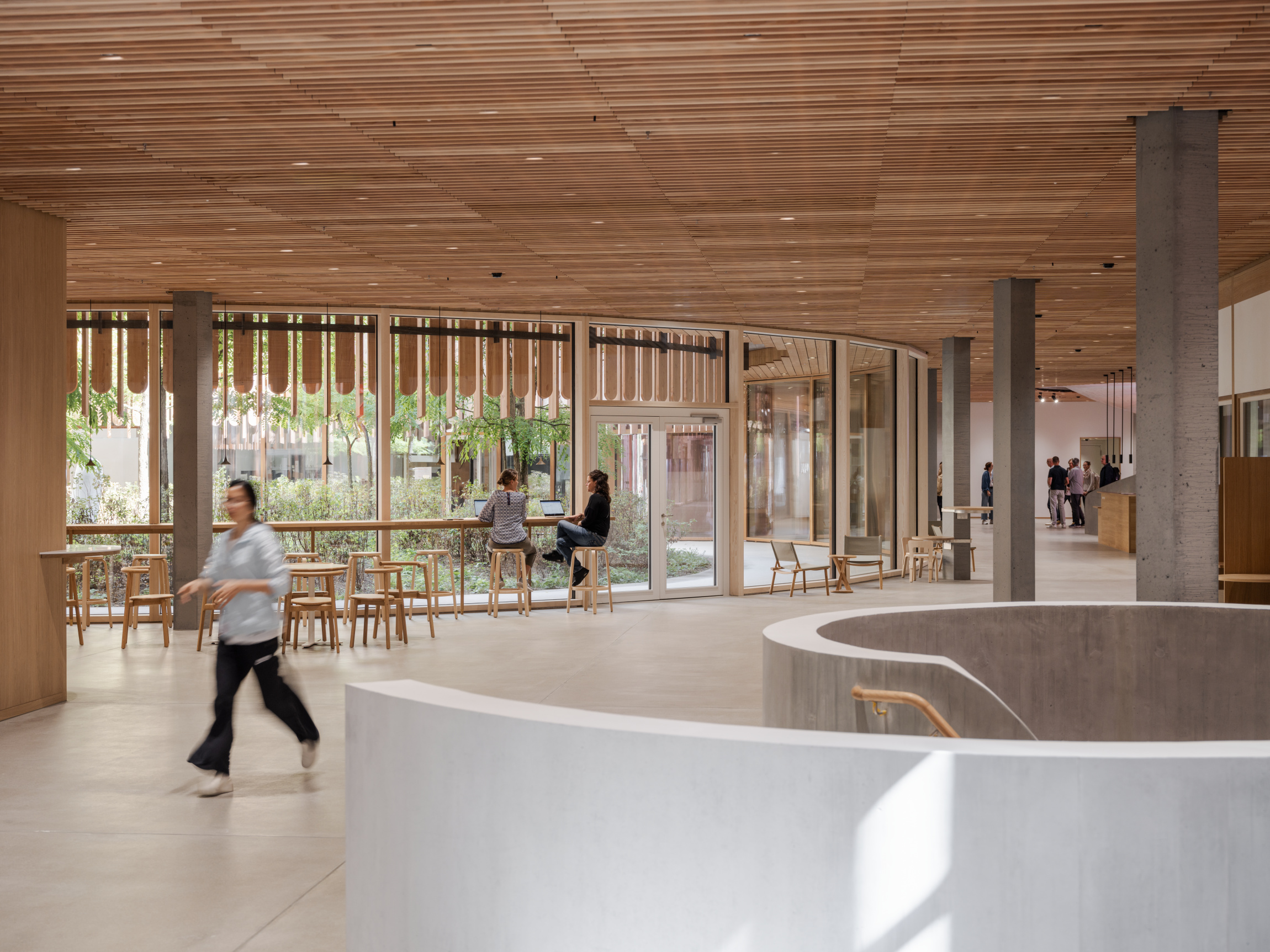
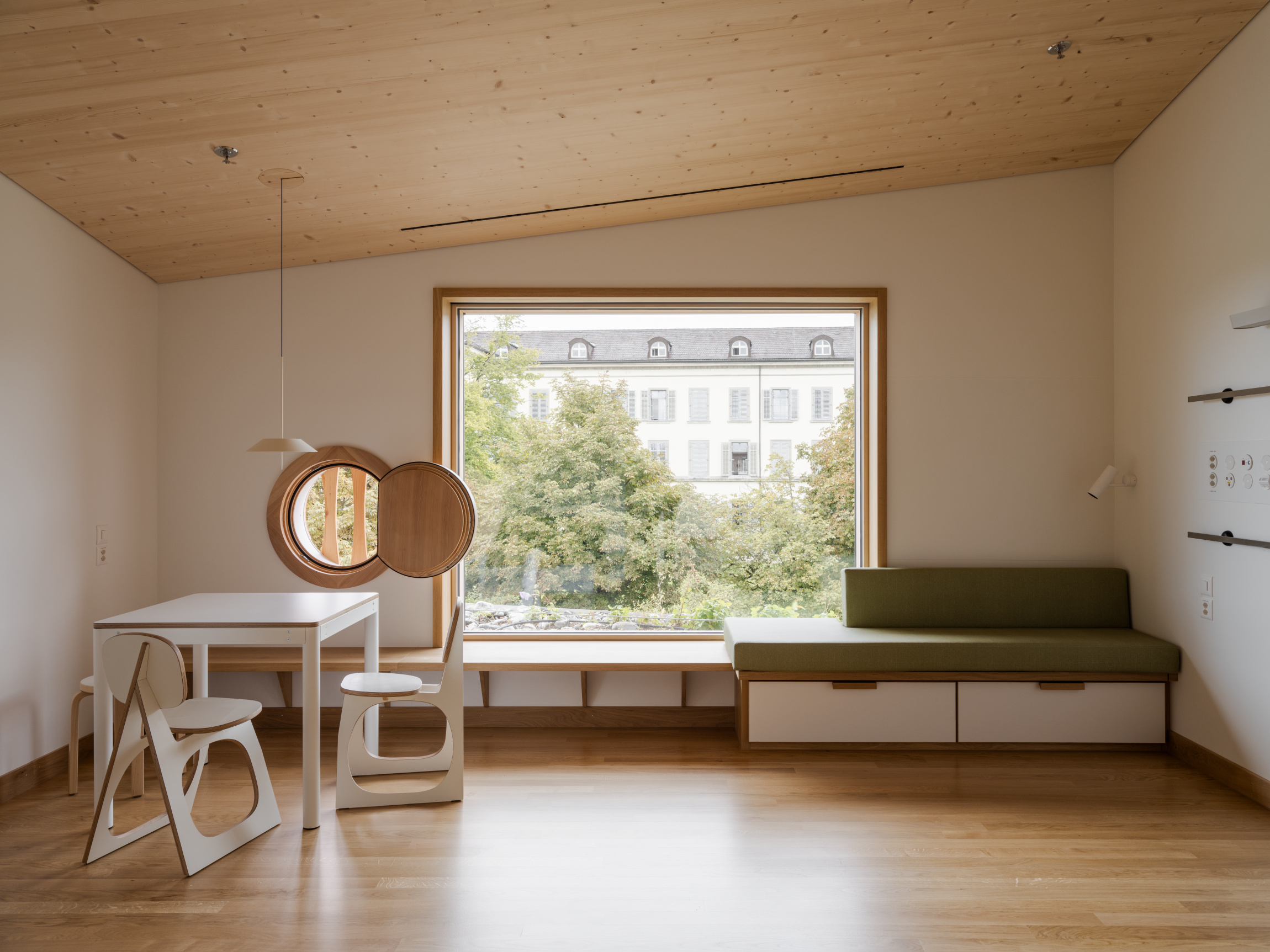
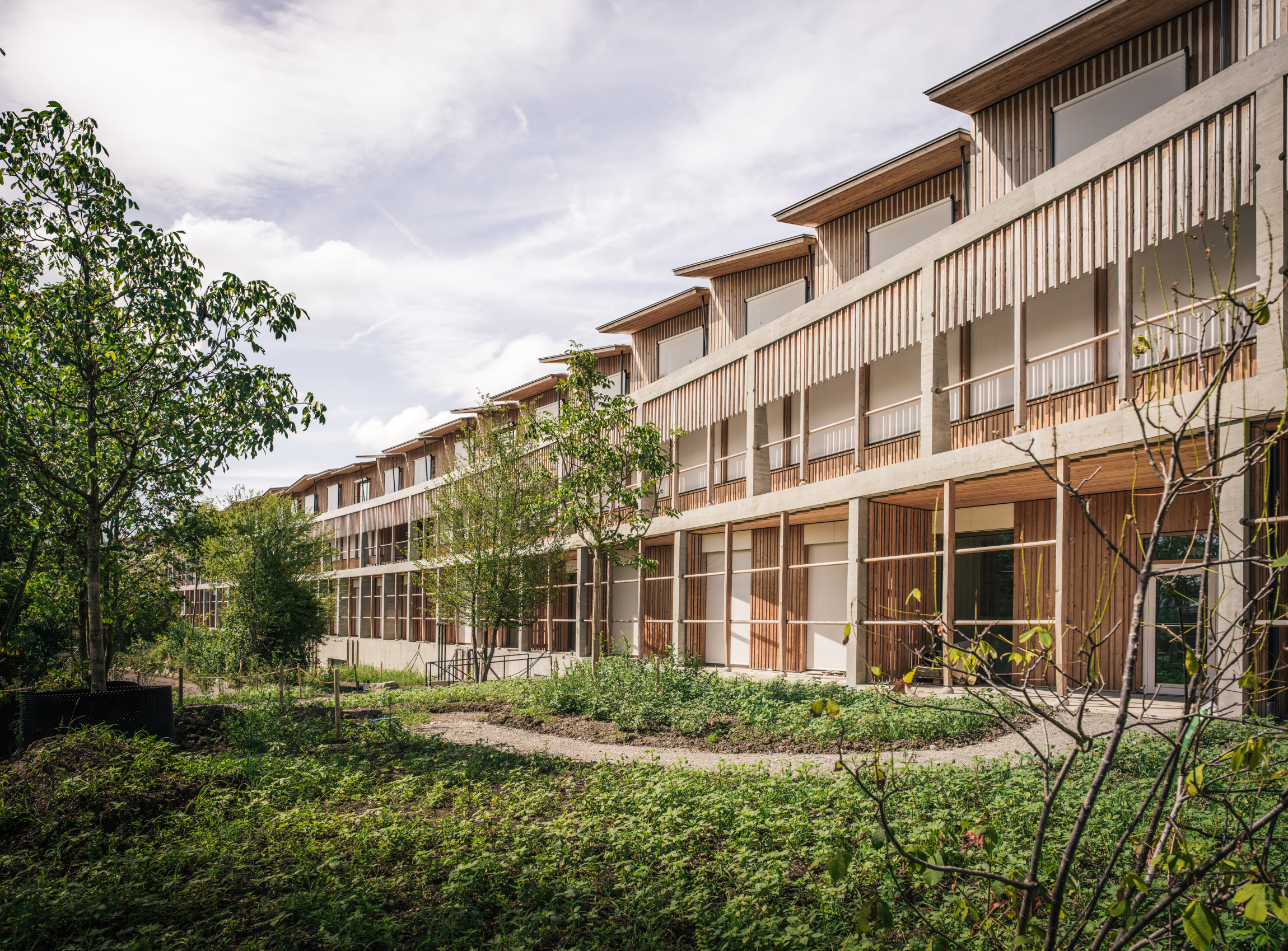

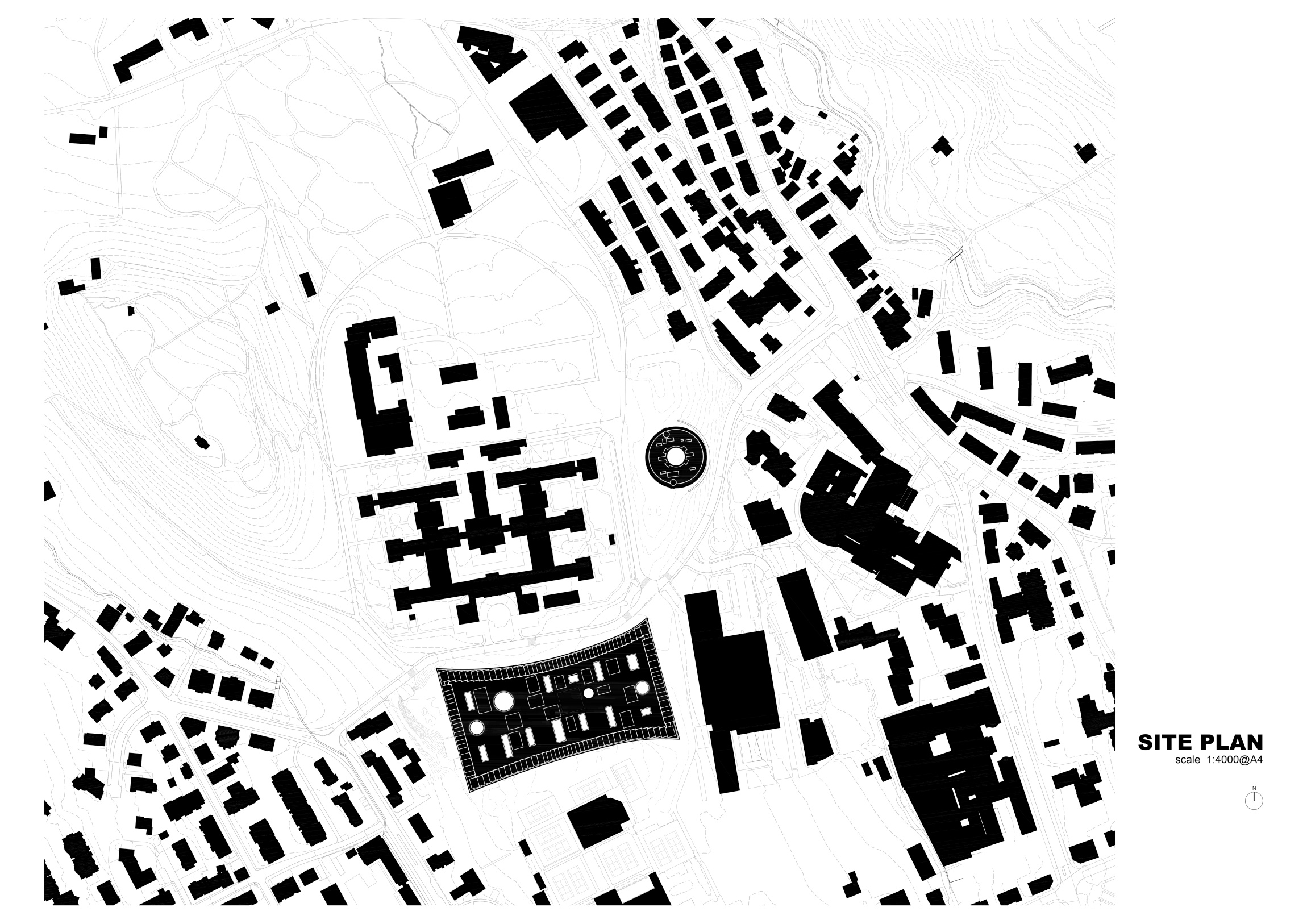
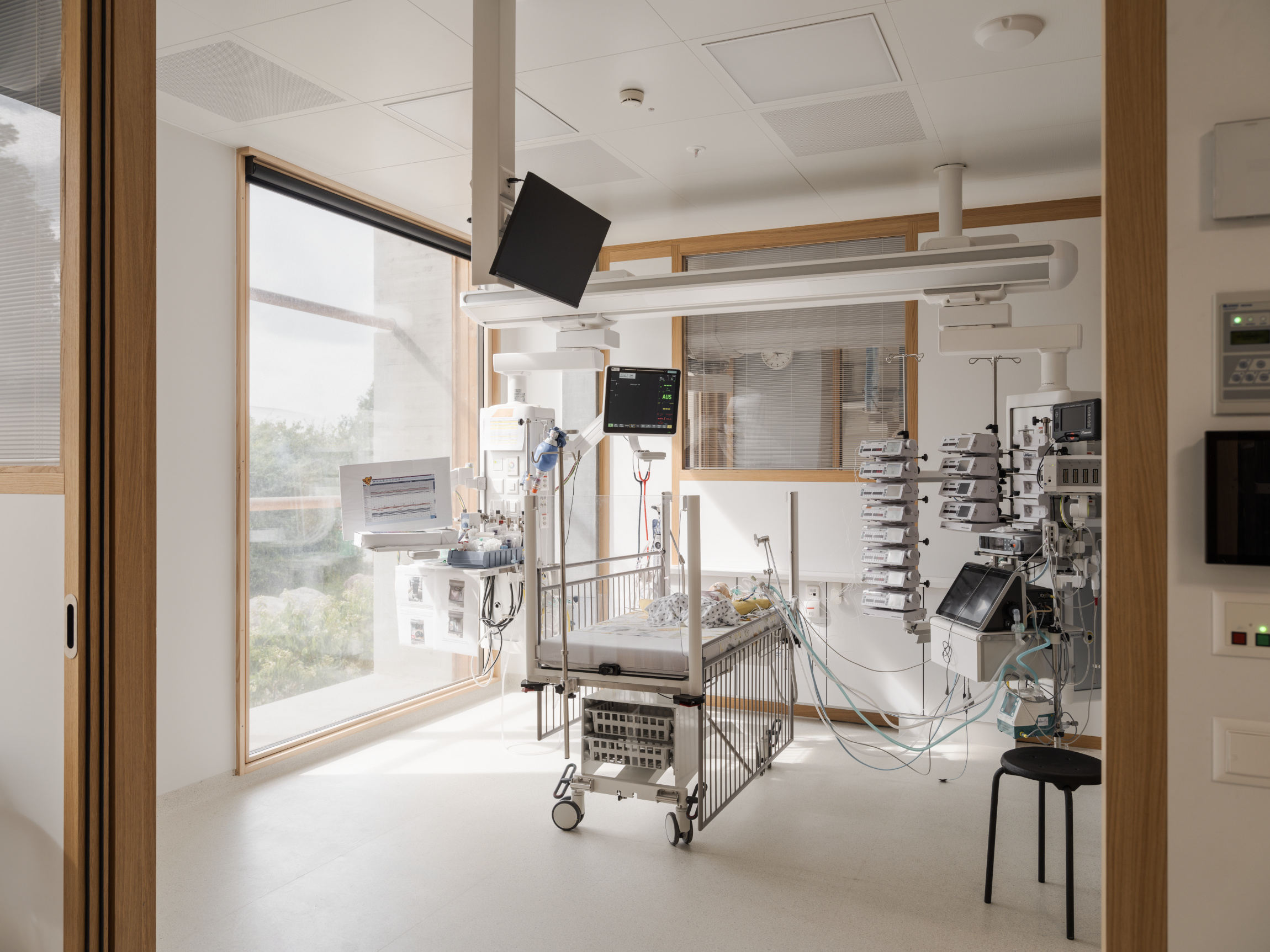
Related Stories
Healthcare Facilities | May 7, 2018
Gulf Coast Medical Center to receive 365,700-sf extension and 48,500-sf renovation
HKS is designing the project and Skanska USA will build it.
Healthcare Facilities | Apr 30, 2018
Child-specific mental health center features design elements to support healing
CannonDesign designed the project.
Contractors | Apr 26, 2018
At Boston University’s dental school, ‘under construction’ won’t mean ‘closed for business’
A major renovation and addition are scheduled to minimize operational disruption.
Healthcare Facilities | Apr 24, 2018
The ins and outs of inmate healthcare
Research has shown that inmates are getting older and sicker.
Healthcare Facilities | Apr 20, 2018
Revamping pharmacies for public safety and compliance
Released in February 2016, the latest standards of the United States Pharmacopeia’s Chapter 800 Pharmaceutical Compounding—Sterile Preparations builds on earlier regulations set forth by USP 797.
Healthcare Facilities | Apr 16, 2018
JE Dunn Construction and Hoefer Wysocki Architects selected for Sheppard Air Force Base Medical/Dental Clinic design-build contract
The project is targeting LEED Silver certification.
Healthcare Facilities | Mar 28, 2018
Sound health: How tranquility rooms can heal caregivers
Sound can also be healing. It promotes a culture of quietness and enhances environments, not just for patients but also for caretakers.
Healthcare Facilities | Mar 19, 2018
New York’s only freestanding pediatric health facility completed on the Buffalo Niagara Medical Campus
Shepley Bulfinch designed the project.
Healthcare Facilities | Mar 5, 2018
Four tips for designing the hospital of the future
What exactly is the hospital of future? Or more specifically, what is the future of healthcare design?
Healthcare Facilities | Feb 28, 2018
Healthcare operations: The good and bad of the ‘visit per room per day’ metric
Merely pursuing a high “visit per room per day” metric may drive up other resource needs and, in turn, raise operational costs, writes HDR's Zhanting Gao.


